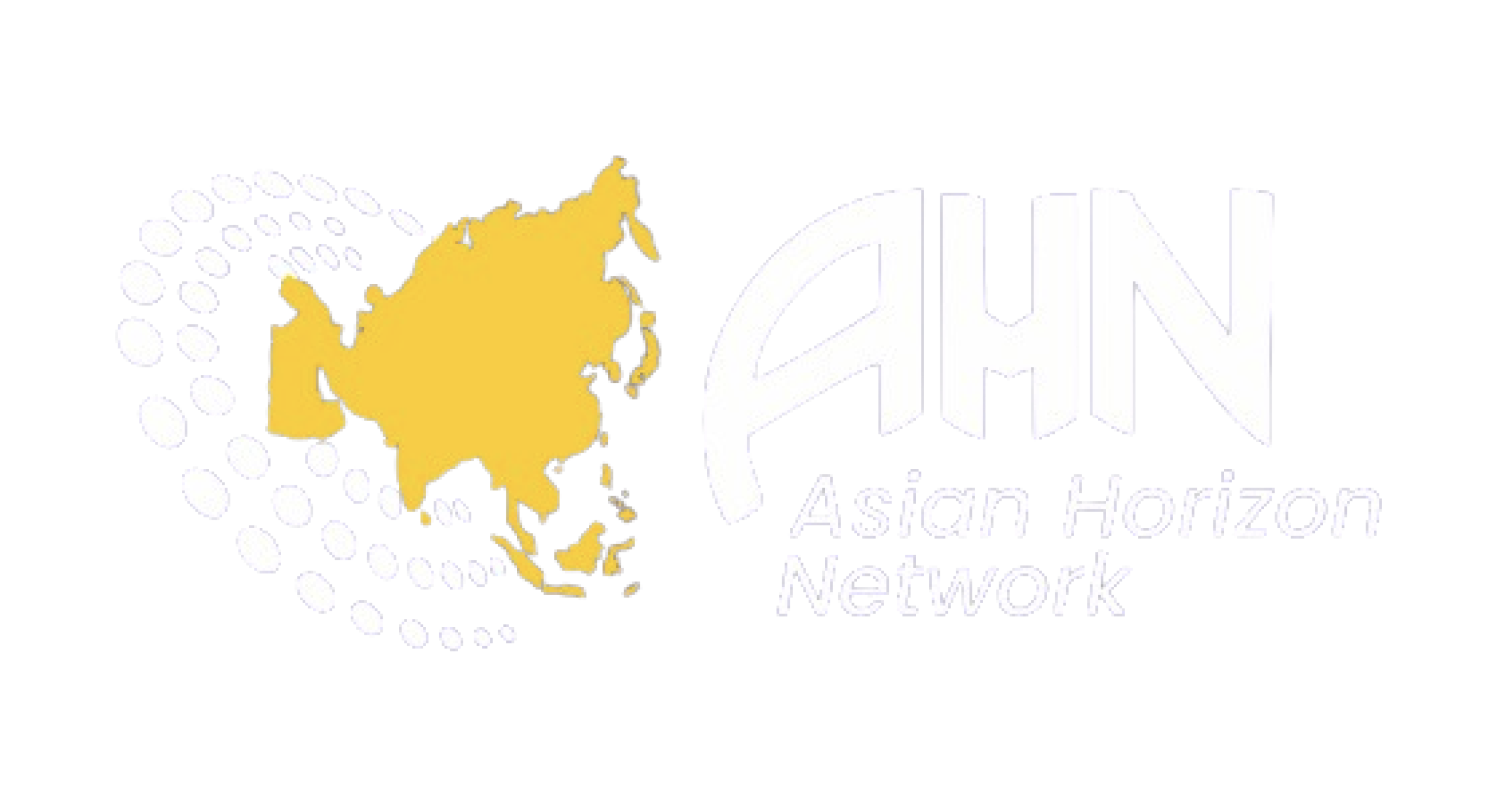World
AFTERBURNER: Fighter Jet Engine Showdown-Who Takes the Crown?
Published On Fri, 21 Feb 2025
kartik kumar
0 Views

India Seeks Global Partnerships to Boost Indigenous Fighter Jet Capabilities: India is actively working with the United States, the UK, and France to strengthen its domestic fighter jet programs under the Make in India initiative. These collaborations focus on developing advanced jet engines for aircraft like the TEJAS MK-2 and the Advanced Medium Combat Aircraft (AMCA), as India looks to enhance its defence production and modernize its Air Force.
To address its declining squadron strength, India also plans to acquire 114 multi-role fighter jets. The government will issue requests for proposals this year, inviting bids from global defence manufacturers, including Lockheed Martin, Boeing, Dassault Aviation, and Rolls-Royce. This procurement aims to meet immediate operational needs while promoting local manufacturing through international partnerships.
TEJAS MK-2 and AMCA Development Timelines: Defence officials have outlined timelines for India’s upcoming fighter jets. The TEJAS MK-2 is expected to join the Indian Air Force (IAF) by 2028-2029, with its prototype to be revealed by late 2025 and a maiden flight in early 2026. India plans to establish new assembly lines to speed up production, aiming for six operational squadrons by 2030. The AMCA, a next-generation stealth fighter designed to replace older IAF aircraft, is projected to take its first flight around 2030-31, with full induction targeted for 2036. Its features include advanced stealth, modern sensors, and supercruise capability.
United States: GE Engine Deal and F-35 Talks: India and the U.S. are negotiating a deal with GE Aerospace to co-produce GE-F414 INS6 engines for the TEJAS MK-2 and initial AMCA fighters. Although an agreement was reached in 2023, talks have hit a roadblock over pricing—GE now demands $1.5 billion, up from the earlier estimate of $1 billion.
Meanwhile, India is considering a limited purchase of F-35 fighter jets under a government-to-government deal, similar to its Rafale acquisition with France. High costs and maintenance concerns may limit the number of jets bought. The U.S. is wary of India’s use of Russian-made S-400 systems, concerned about potential data security risks related to the F-35s.
France: Technology Transfer and Strategic Cooperation: France remains a key partner for India in defence and aerospace. Engine maker Safran plays a central role, supplying engines for Indian helicopters and Rafale fighters. France has offered India access to fifth-generation fighter engine technology and is proposing Rafale Marine jets as a stopgap until India’s indigenous Twin Engine Deck Based Fighter (TEDBF) becomes operational. France’s offer includes extensive technology transfers, competitive pricing, and commitments to local production, which could give it an advantage over competitors.
United Kingdom: Rolls-Royce’s Clean-Slate Engine Proposal: Rolls-Royce has proposed a joint venture with India to develop a new engine tailored for the AMCA. This clean-slate design ensures India full ownership of intellectual property, allowing complete control over production, upgrades, and exports. The engine is expected to be operational within 10 years, which is relatively fast for such complex technology. This partnership could significantly enhance India’s defence self-reliance and open new export opportunities. However, challenges include meeting development timelines, financial considerations, and potential geopolitical hurdles.
Who Will Win the Race?: As India weighs its options, both France and the U.S. present strong offers. France’s emphasis on technology transfer, local production, and cost-effectiveness might give it an edge, while the U.S. brings advanced technology and potential strategic benefits. The UK’s proposal offers long-term self-reliance but faces development and financial challenges. India’s decision will shape the future of its fighter jet programs, influencing its defence capabilities and global partnerships for years to come.
Disclaimer: This image is taken from Reuters.



